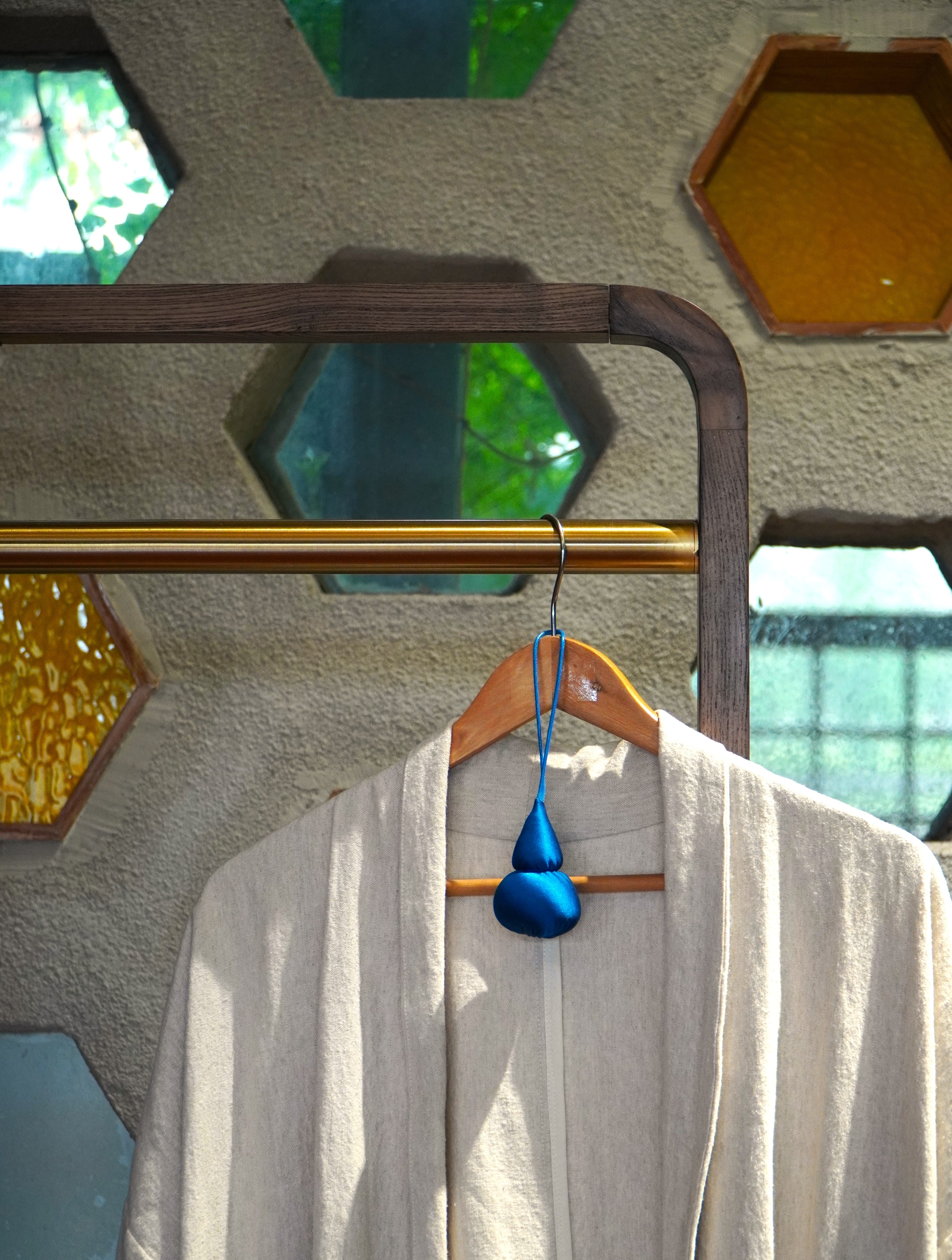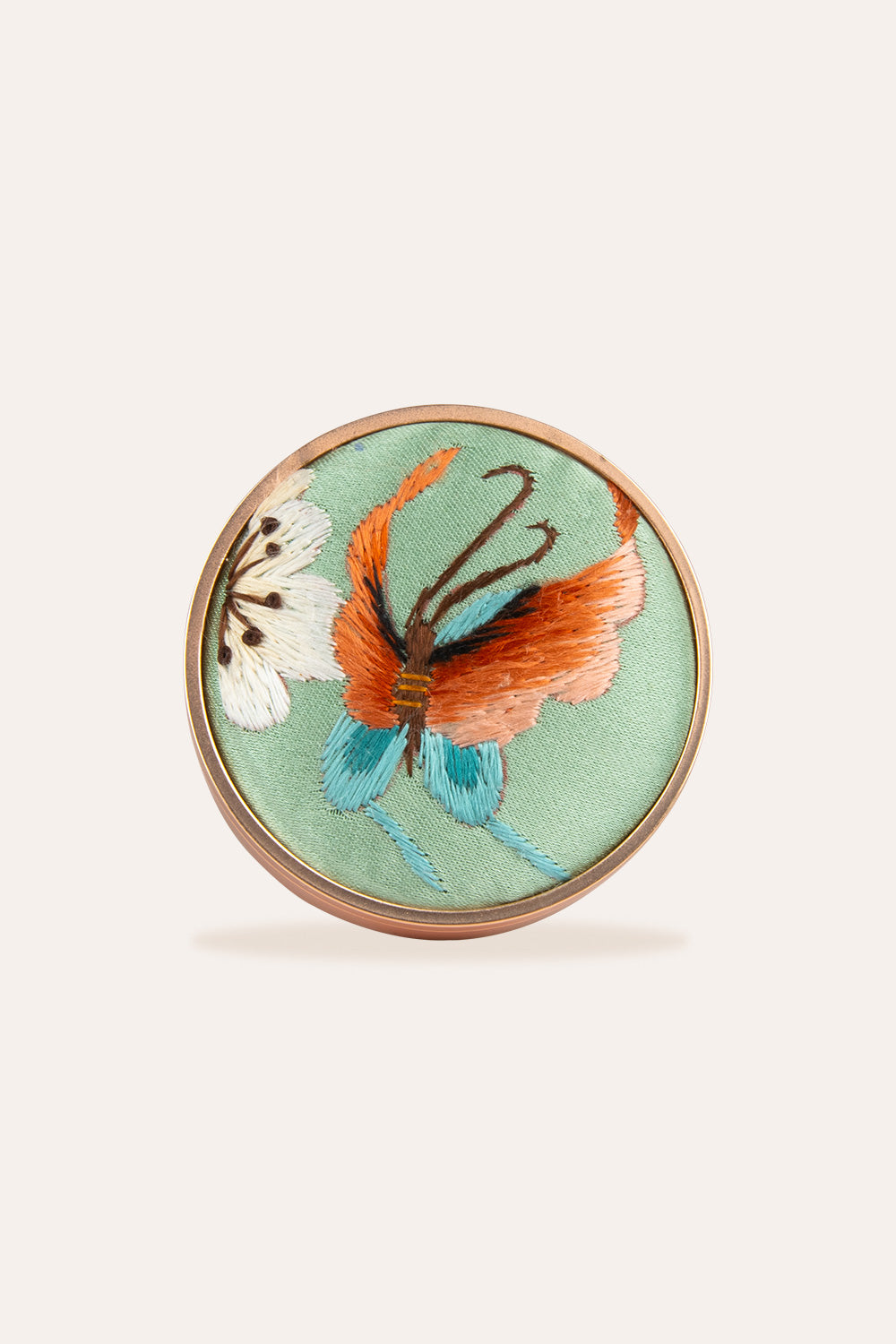
Make Your Kitchen More Eco-Friendly: The Smart Choice to Say Goodbye to Single-Use Products
In our fast-paced, modern lives, convenience often takes priority. However, this convenience comes at a significant environmental cost—particularly when it comes to disposable cleaning products. From paper towels to single-use cleaning wipes, these items contribute to a massive amount of waste, much of which ends up in landfills, taking hundreds of years to decompose. If you’re looking for a smarter, more sustainable solution, it’s time to rethink your cleaning routine and switch to reusable alternatives. Let’s explore how you can make your kitchen more eco-friendly by opting for smarter, long-lasting cleaning tools.
The Environmental Impact of Single-Use Cleaning Products
Single-use cleaning products, such as paper towels and disposable wipes, may seem convenient, but they come with a hefty environmental footprint. Each year, millions of tons of paper towels and wipes are used and discarded, creating an overwhelming amount of landfill waste. On top of that, these products are made from non-renewable resources, and their production and disposal release harmful greenhouse gases into the atmosphere. By choosing reusable products, we can significantly reduce the strain on our planet.
Why Choose Reusable Cleaning Products?
Switching to reusable cleaning products for your kitchen isn't just a trendy fad—it’s a practical and environmentally responsible decision. These products are often crafted from durable materials like bamboo, cotton, or microfiber, making them highly effective and long-lasting. Here are a few key benefits of switching to reusable products for your kitchen:
-
High-Quality Materials: Many reusable cleaning tools are made from eco-friendly materials such as bamboo, microfiber, and cotton. These materials are not only durable but also highly absorbent, ensuring you get the best performance from your cleaning products.
-
Exceptional Absorbency: Unlike paper towels, which often fall apart after a few uses, high-quality reusable products have superior absorbency, enabling them to handle spills and messes efficiently without leaving behind traces of moisture.
-
Effective Cleaning Performance: Reusable cleaning products, especially microfiber cloths, are designed to trap dirt, dust, and bacteria effectively. They provide a deeper, more thorough clean compared to traditional single-use products.
How to Use Reusable Cleaning Products in Your Kitchen
Making the transition to reusable products might seem like a big change, but with a little guidance, you’ll quickly see how easy and effective they can be. Here’s a step-by-step guide to help you get started:
Step 1: Choose the Right Products
Invest in high-quality reusable cleaning products, such as microfiber cloths or bamboo dish towels. Ensure they are designed specifically for kitchen use, as they are optimized for absorbing moisture and tackling grease and grime.
Step 2: Clean and Prep the Surface
Before you start cleaning, clear any dishes or debris from your countertop. This ensures you can focus on deep cleaning without obstacles.
Step 3: Dampen the Cloth or Towel
Dampen your microfiber cloth or bamboo towel with warm water. For tougher stains, add a mild cleaning solution that is eco-friendly and safe for the environment.
Step 4: Wipe and Scrub
Use the dampened cloth to wipe down surfaces, scrubbing away any dirt, grease, or stains. The microfibers will trap dirt and dust, while the cloth’s absorbency ensures it picks up the moisture effectively.
Step 5: Rinse and Repeat
Rinse the cloth in warm water to remove dirt and grime, and repeat the process as needed. Microfiber cloths and bamboo towels are durable, so they can be used multiple times during the same cleaning session.
Step 6: Dry the Area
Once you’ve wiped down your kitchen, dry the surfaces with a clean cloth or towel to prevent streaks or water spots from forming.
How to Clean and Maintain Reusable Cleaning Products
To ensure that your reusable products stay in top shape for as long as possible, proper care is essential. Here’s how you can clean and maintain them effectively:
-
Washing: After each use, rinse the cleaning cloth or towel to remove any excess dirt. For microfiber cloths, it’s best to wash them in cold water with a gentle detergent to preserve the integrity of the fibers. Avoid using fabric softeners or bleach, as these can damage the material.
-
Drying: Air-drying is the best method for microfiber cloths, as high heat can degrade the fibers. For bamboo towels, you can machine dry them on low heat, but air drying is always the most eco-friendly option.
-
Storage: Keep your reusable cleaning products in a dry, well-ventilated area to prevent mildew growth. Store them neatly in a designated container or drawer so that they’re always ready for use.
Long-Term Cost Analysis: Reusable Products vs. Traditional Single-Use Items
At first glance, reusable cleaning products may seem like a higher initial investment compared to cheap paper towels or disposable wipes. However, when you consider the long-term costs, the savings are significant. Here’s a comparison:
| Product | Single-Use Cost | Reusable Cost | Expected Lifespan | Total Annual Cost |
|---|---|---|---|---|
| Paper Towels (1 Roll) | $1.50 | - | 1-2 uses | $100/year |
| Microfiber Cloth (1 Piece) | - | $10 | 1-2 years | $5/year |
As you can see, while the initial purchase price for reusable products may be higher, the cost per use is dramatically lower. Over time, your investment in high-quality reusable products will save you money, not to mention reduce your environmental footprint.
Environmental Impact: How Much Waste Can You Eliminate?
One of the most compelling reasons to switch to reusable cleaning products is the significant reduction in waste. The average household uses approximately 100 rolls of paper towels per year. By replacing these with reusable products, you could reduce waste by more than 10 pounds of paper waste annually.
Here’s a simple calculation:
-
1 microfiber cloth can replace 50 paper towels.
-
If you switch to just 4 microfiber cloths, that’s the equivalent of eliminating 200 paper towels from your kitchen every year.
-
In total, this could reduce over 2 pounds of paper waste per household annually.
The Eco-Friendly Contribution of Your Switch
By committing to reusable cleaning products, you're not only saving money, but you're also contributing to a larger environmental movement. Every time you opt for a bamboo dish towel or microfiber cloth, you help reduce the demand for single-use products, lower your personal carbon footprint, and contribute to a greener, more sustainable world.
Conclusion: A Smarter, Greener Kitchen
Switching to reusable cleaning products is a simple yet impactful step in making your kitchen more eco-friendly. Not only will you reduce waste and cut costs, but you'll also enjoy more effective and durable cleaning solutions. With a little care and maintenance, these products will last for years, helping to protect the environment and your wallet at the same time. Ready to make the switch? Discover the best eco-friendly cleaning products that can help you say goodbye to disposable items today.
Want to learn more? Check out our recommended microfiber cloths and bamboo towels that are designed to make your kitchen cleaning more sustainable and efficient. Let’s clean smarter, not harder!




2 Comments
9hxkot
9hxkot